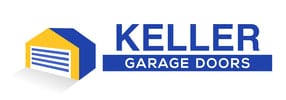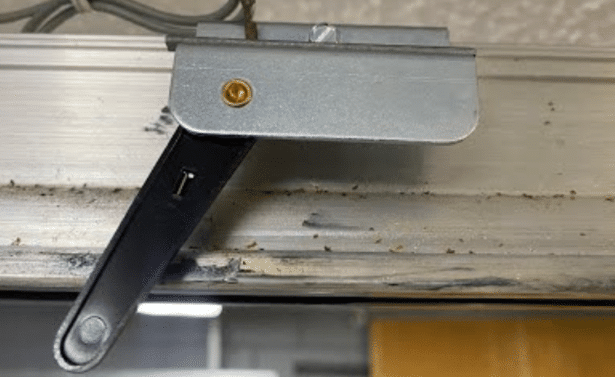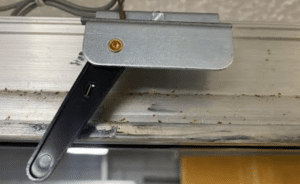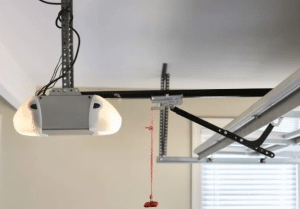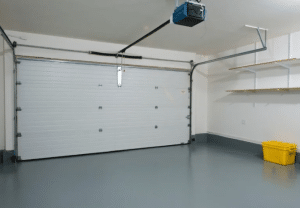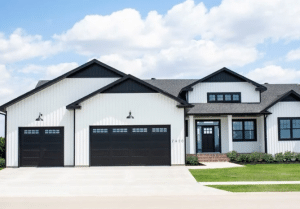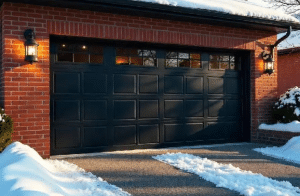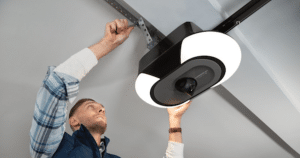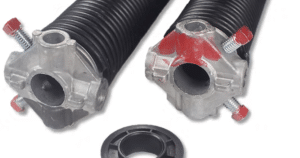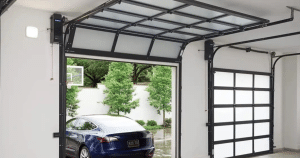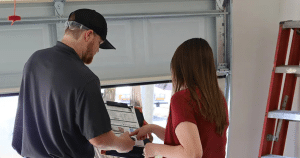The limit switch on garage door systems controls how far your door travels—here’s how it works and why it matters.
Garage doors are a vital part of everyday convenience and home security. However, many homeowners overlook the small components that make them work smoothly. One of those critical components is the limit switch on garage door systems. If you’re experiencing issues with your door not fully closing or opening, the limit switch could be the cause.
The limit switch controls the distance your garage door travels when opening or closing. It tells the garage door opener when to stop moving. Without a properly functioning limit switch, your door could slam shut or refuse to close entirely, posing both safety and operational concerns. Understanding the mechanics and maintenance of the limit switch on garage door systems is essential for any homeowner.
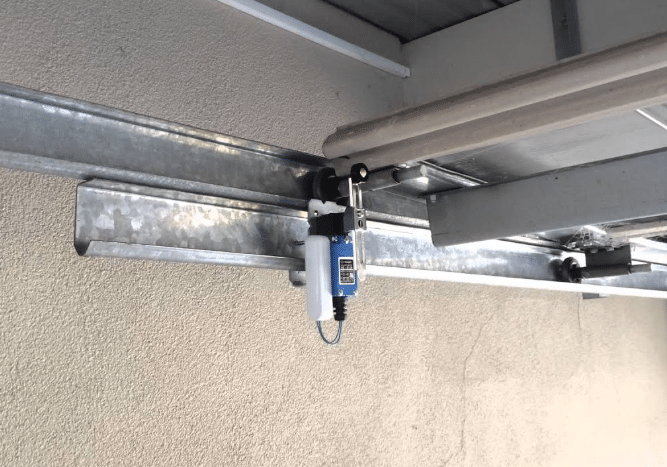
Understanding how this component functions will help you identify malfunctions early and avoid expensive repairs. This guide explains everything you need to know, from identifying issues to understanding when to call a professional. We aim to offer practical insights backed by real-world garage door service expertise.
What Is the Limit Switch on Garage Door Systems?
The limit switch on garage door systems is a small but crucial electrical component found within your garage door opener. It controls the range of motion for your garage door, stopping the motor once the door reaches its open or closed position. Most residential garage doors come with two limit switches: one for the up direction and another for the down direction.
These switches are typically adjustable, allowing homeowners or technicians to fine-tune how far the door travels. If set incorrectly, the garage door may not close all the way or could continue running even after reaching the ground, leading to system strain and potential damage.
In electric garage door openers, the limit switch interacts directly with the circuit board, responding to electrical impulses triggered by motor rotation. Mechanical wear, dust buildup, or misalignment can lead to malfunctions that are easy to misdiagnose without the proper knowledge.
Signs Your Limit Switch Might Be Failing
The limit switch on your garage door opener plays a vital role in controlling how far the door travels when opening and closing. When it malfunctions or falls out of alignment, the symptoms can affect the entire system’s performance and even compromise safety.
Common Symptoms of a Faulty Limit Switch on a Garage Door
If the limit switch starts to fail, it typically presents one or more of the following issues:
- The door stops short of fully closing or opening
This often indicates that the switch is no longer accurately detecting the door’s endpoint. - The door reverses after hitting the floor.
The opener may interpret the floor as an obstruction if the down limit is set too far, causing it to reverse automatically. - You hear the motor running, but the door doesn’t move.
A misconfigured or faulty switch may cause the motor to run longer than needed—or not stop at all—without corresponding door movement. - The door slams shut unexpectedly.
If the down limit is set too aggressively or the switch is damaged, the door might descend too fast and hit the ground hard.
Many of these symptoms are frequently mistaken for motor issues, sensor misalignments, or remote control problems. However, the underlying cause is often the limit switch.
Misadjusted Limit Switches vs. Broken Ones
Not every limit switch problem requires a full replacement. In many cases, the switch is still functional but simply misadjusted. This can happen due to:
- Bad installation or DIY setup
- Vibration shifts settings
- Temperature affects parts
Adjusting the switch settings can often restore normal function. However, before making any changes, it’s crucial to confirm that the issue isn’t electrical, such as a wiring fault or internal switch failure.
When to Seek Professional Help
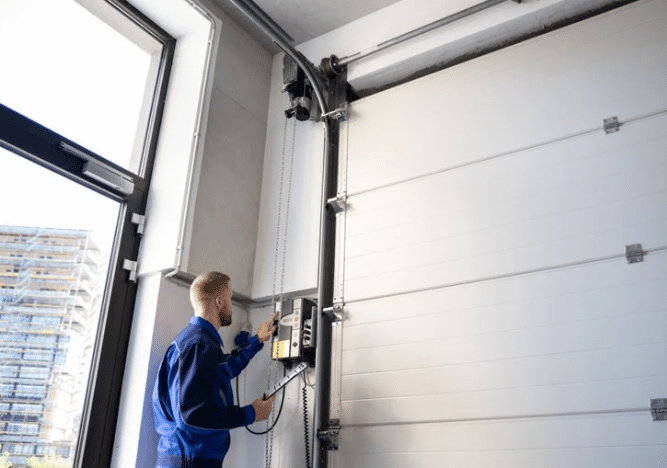
If you’ve attempted basic adjustments and the problem persists, or if you suspect the switch is physically damaged, it’s best to consult a garage door technician. They can test the switch with the appropriate tools and determine whether a repair or replacement is necessary.
How to Adjust the Limit Switch on the Garage Door Safely
Adjusting the limit switch on garage door systems is possible for handy homeowners, but it must be done carefully to avoid damaging your opener.
Steps for Adjusting the Limit Switch:
- Disconnect the power to the garage door opener.
- Locate the adjustment screws (usually labeled “up” and “down”) on the motor unit.
- Use a flathead screwdriver to turn the screws. Clockwise typically increases the travel distance; counterclockwise decreases it.
- Reconnect the power and test the door.
- Repeat as necessary, adjusting incrementally to find the ideal setting.
If you are unsure or uncomfortable, it’s always wise to consult a professional garage door technician.
Professional Maintenance: When to Call for Help
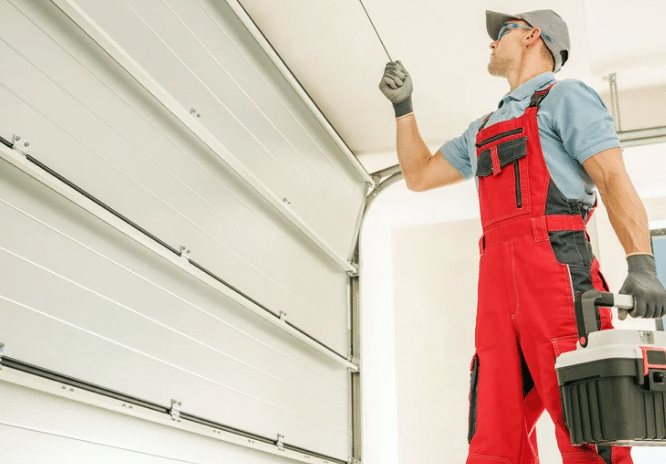
Minor garage door adjustments can be a quick DIY fix, but when it comes to electrical issues or persistent malfunctions, it’s time to call in the professionals. A faulty limit switch might be more than just a small glitch—it could point to bigger problems such as worn-out gears, misaligned tracks, or a failing motor.
Keller Garage Doors offers expert inspections and repairs to accurately diagnose and resolve any issue. Whether your system needs a simple adjustment, a replacement part, or a full opener repair, our certified technicians have the experience to get the job done right.
Protect your investment—schedule a routine inspection and extend the life of your garage door system. Contact Keller Garage Doors today for dependable, professional service you can trust.
Frequently Asked Questions
What does a limit switch do on a garage door?
The limit switch determines how far the garage door travels when opening or closing. It tells the motor when to stop running to prevent damage or safety hazards.
How do I know if my garage door limit switch is bad?
Symptoms include the door not closing completely, reversing unexpectedly, or continuing to run after reaching its destination. These are signs that the limit switch may need adjustment or replacement.
Can I adjust the limit switch on my garage door myself?
Yes, if the issue is minor, you can usually adjust the screws on the motor unit. However, it’s best to disconnect power before making changes and consult a technician if problems persist.
Is a faulty limit switch dangerous?
Yes. A faulty switch can cause the door to operate unpredictably, posing safety risks and causing mechanical damage over time.
How often should the limit switch be checked?
It’s recommended to have it checked during annual garage door maintenance or whenever you’re experiencing operational issues.
Conclusion
Understanding the limit switch on garage door systems gives homeowners the advantage of early problem detection and prevention. A minor malfunction in this small component can lead to major issues, affecting your garage door’s safety, efficiency, and lifespan.
Regularly inspecting and adjusting the limit switch ensures your garage door functions as it should. While small adjustments can be done independently, persistent issues require professional evaluation to avoid costly repairs or replacements.
If you’re experiencing problems with your garage door or suspect an issue with the limit switch, reach out to Keller Garage Doors in Keller, TX. Our certified technicians offer prompt, expert service to restore your garage door to peak performance.
End Note
Keller Garage Doors is your trusted partner for all garage door services. We bring unmatched professionalism to every project, ensuring your garage door operates safely and reliably. Whether it’s a simple limit switch adjustment or a complete system overhaul, our team is ready to help.
We offer a wide range of garage door services, including garage door repairs, garage door replacement, and emergency garage door service. We specialize in both residential and commercial garage doors, serving homeowners and businesses alike.
Explore our service areas, including Fort Worth, TX, and Colleyville, TX. Learn more about us, read our blog for more tips, or contact us today to schedule a service visit.
Keller TX Garage Door
1145 Bancroft Rd, Keller, TX 76248, United States
+18176972922
